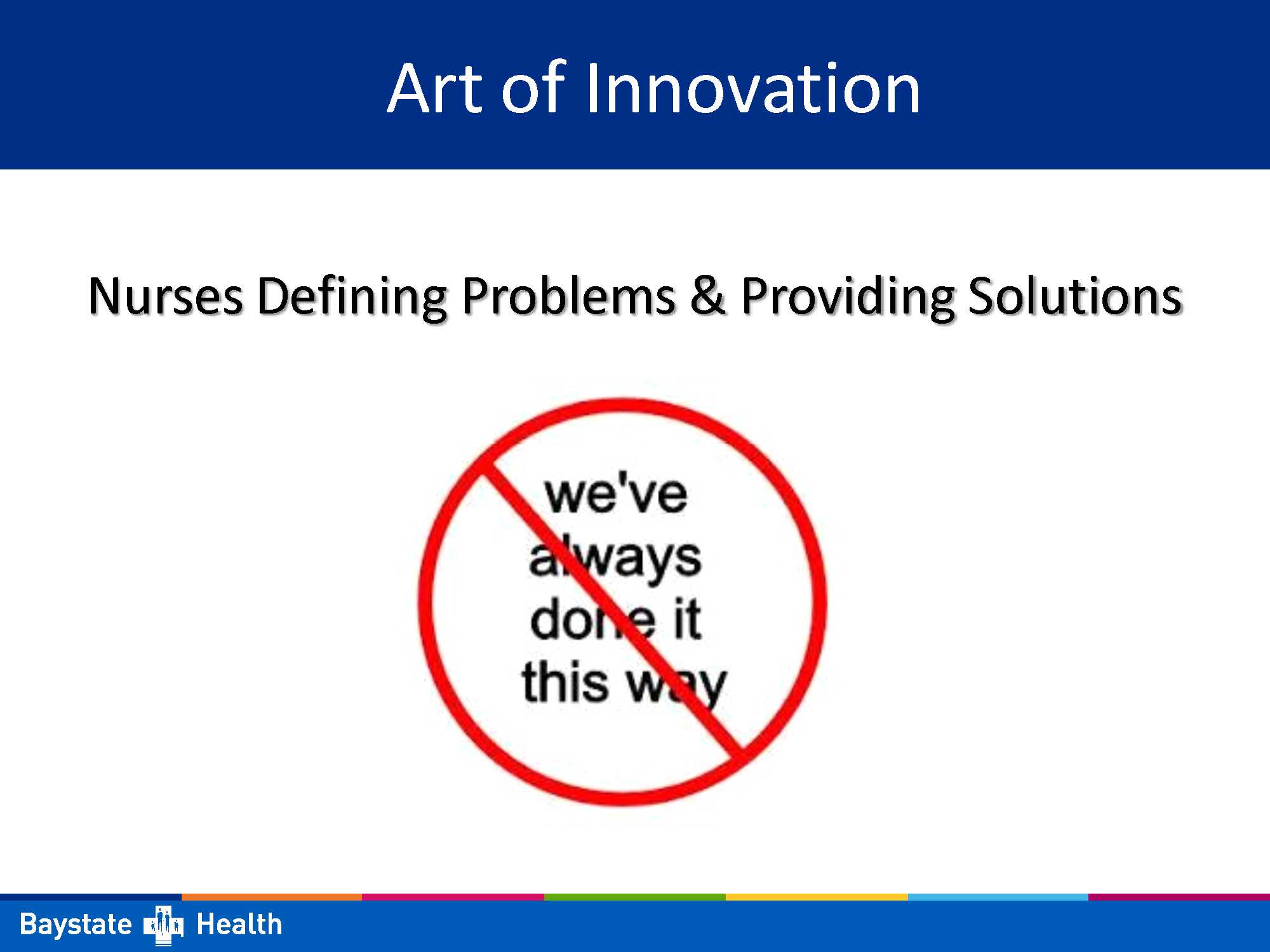Preview

Creation Date
10-2017
Description
Patient safety and infection control are priorities at the forefront of nursing care. Despite commendable improvements in hospital acquired infection (HAI) rates, there is still progress to be made. HAIs are preventable harm associated with increased cost and length of stay. Central line associated blood stream infections (CLABSI) are HAIs that have a high per-case cost, adding significantly to annual health care costs in the United States. Several national organizations such as the Infusion Nurses Society (INS) provide recommendations for best practice strategies to prevent CLABSIs. Items such as site selection and duration of IV tubing use, among others, are evidence-based ways that the incidence of CLABSIs can be reduced. At Baystate Medical Center (BMC), there is a lack of consistency in the technique of administering secondary medications, also known as “piggy-backs;” this is important because each time the closed IV system is accessed, it risks possible contamination which may contribute to CLABSIs. Two different methods were identified. A comprehensive review of the literature was performed to identify best practices with administration techniques using CINAHL and PubMed databases, the CDC and INS websites, and the Lippincott Nursing Procedural & Skills Manual, a clinical reference tool used by BMC nurses. Despite these search efforts, very little information was found on the topic, showing a significant gap in the literature. However, the literature did indicate that one technique was favored for administering secondary medications. With this preferred method, secondary tubing remains connected to a primary line for 96 hours. When a medication is to be administered that is different than the last one given, the back-flushing method is used to eliminate residual medication from the secondary tubing before spiking the new one. By using this method, CDC and INS guidelines are followed. Additionally, instead of using at least four secondary infusion sets over the duration of 96 hours (intermittent infusions are used for only 24 hours), only one infusion set would be used. This results in at least a 75% cost savings. If multiple medications are being administered, which is common in the acute care setting, cost savings could be even more. Our proposed research study seeks to determine if a change in process could reduce overall cost and the incidence of CLABSI at BMC by having nurses administer secondary medications via the same secondary IV tubing.


